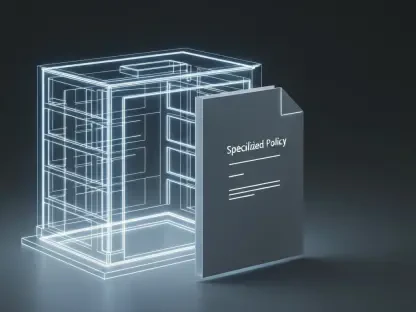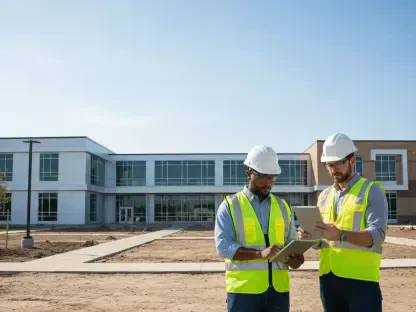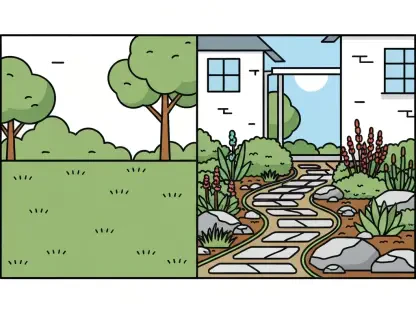In the dynamic landscape of the Czech economy, recent data points toward cautious optimism as the industrial and construction sectors exhibit growth despite certain challenges. Industrial production displayed a year-on-year increase of 2.2% in May, a growth that could be attributed to previous low baselines like those in electricity production. This growth is supported by advances in the transport equipment and machinery sectors, fueled by substantial long-term contracts. Simultaneously, new orders have painted a promising picture, showcasing a 5.0% annual increase primarily driven by motor vehicles and metal product sectors, although there was a notable monthly decline of 3.9%. Meanwhile, the construction sector presented an impressive annual growth rate of 11.6%, demonstrating its pivotal role within the broader economic fabric. However, this growth comes amidst fluctuating dynamics, such as a steep 39.6% drop in building permit issuance, indicating potential volatility that might impact future developments.
Industrial Advancements and Economic Recovery
The industrial sector of the Czech Republic is on a path towards recovery, buoyed by favorable conditions and robust demand. Gains in production have been observed in areas like transport equipment and machinery, benefiting from firm long-term contracts which lend an aura of stability and predictability to the sector’s outlook. This resurgence is grounded in impressive new orders, particularly within the motor vehicles and metal products sectors, both of which continue to show healthy annual growth, albeit softened by monthly fluctuations. This industrial upward trend can be seen as a sign of stabilization, marking a critical phase where the sector appears to be bottoming out. Yet, looming concerns remain, such as softened wage growth, with industry wages increasing by 5.1% annually, signaling that certain elements of industrial growth must still be carefully managed to ensure sustained prosperity.
Construction Sector: Growth with Caution
The construction sector, while demonstrating buoyant growth, offers a nuanced picture indicative of its complexity and importance. With an annual growth rate of 11.6% and a monthly increase of 2.3%, its momentum is palpable and underscores the sector’s strength and capacity to drive economic development. However, this expansion is juxtaposed with challenges like a stark decline in building permit issuance, which fell by almost 40%, pointing to volatility within the sector. Completed dwellings saw an increase of 4.9%, yet housing starts decreased by 5.2%, highlighting a persistent supply-demand imbalance troubling the market. The high residential demand that exceeds available supply has been a central driver of this construction growth, forcing continued adaptation. Construction wages witnessed subdued growth, increasing by 5.4% annually, slower compared to previous months, potentially signaling a need for strategic shifts to sustain sector advancement equitably.
Future Considerations for Growth
The path forward for the Czech industry and construction sectors lies in carefully navigating the complexities that come with growth. While there is optimism fueled by positive indicators in production and orders, challenges continue. Stabilizing wages within both industry and construction sectors is critical and requires strategic attention to maintain workforce satisfaction and productivity. Addressing the volatility in construction permits and managing the demand-supply imbalance in housing are necessary steps. Long-term contracts potentially provide stable anchors for industrial growth, but continuous evaluations must ensure they align with changing market dynamics. The insights from current economic analyses suggest the need for judicious policy formulations and strategic foresight, anticipating shifts that could affect these sectors’ future trajectories. Expansion strategies must be adaptive, fostering environments where growth not only persists but thrives amidst evolving economic landscapes.









